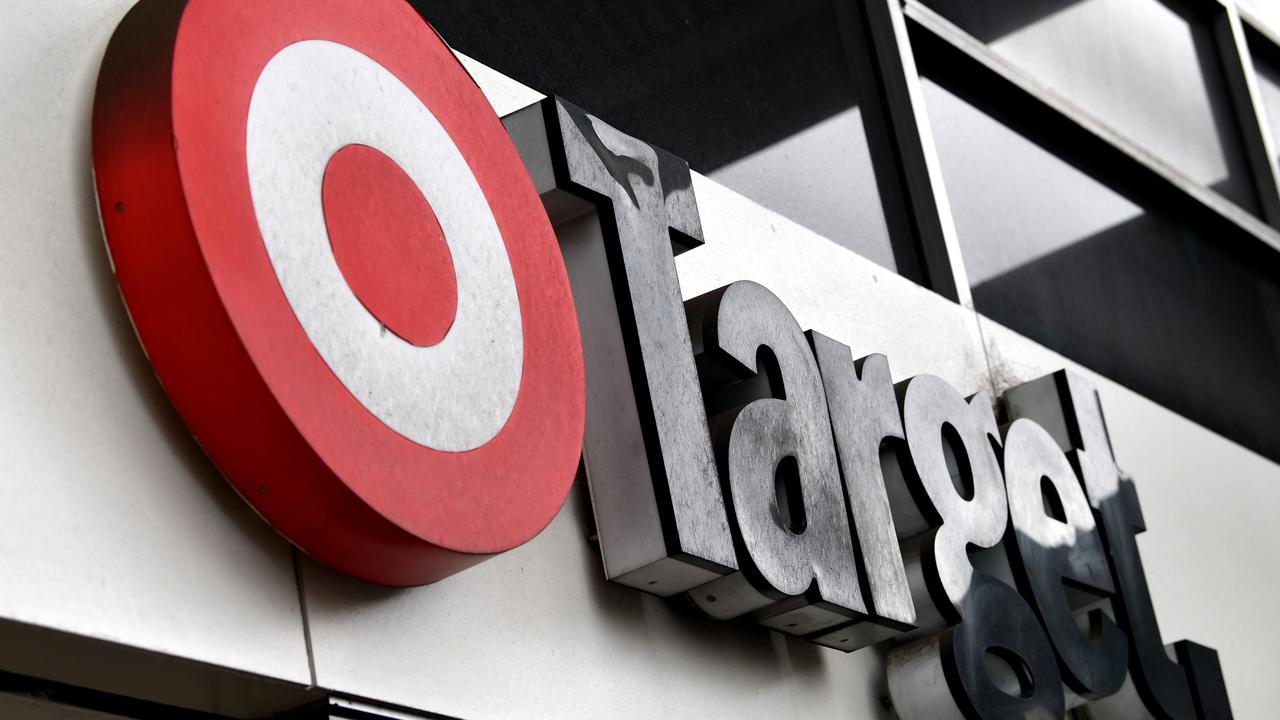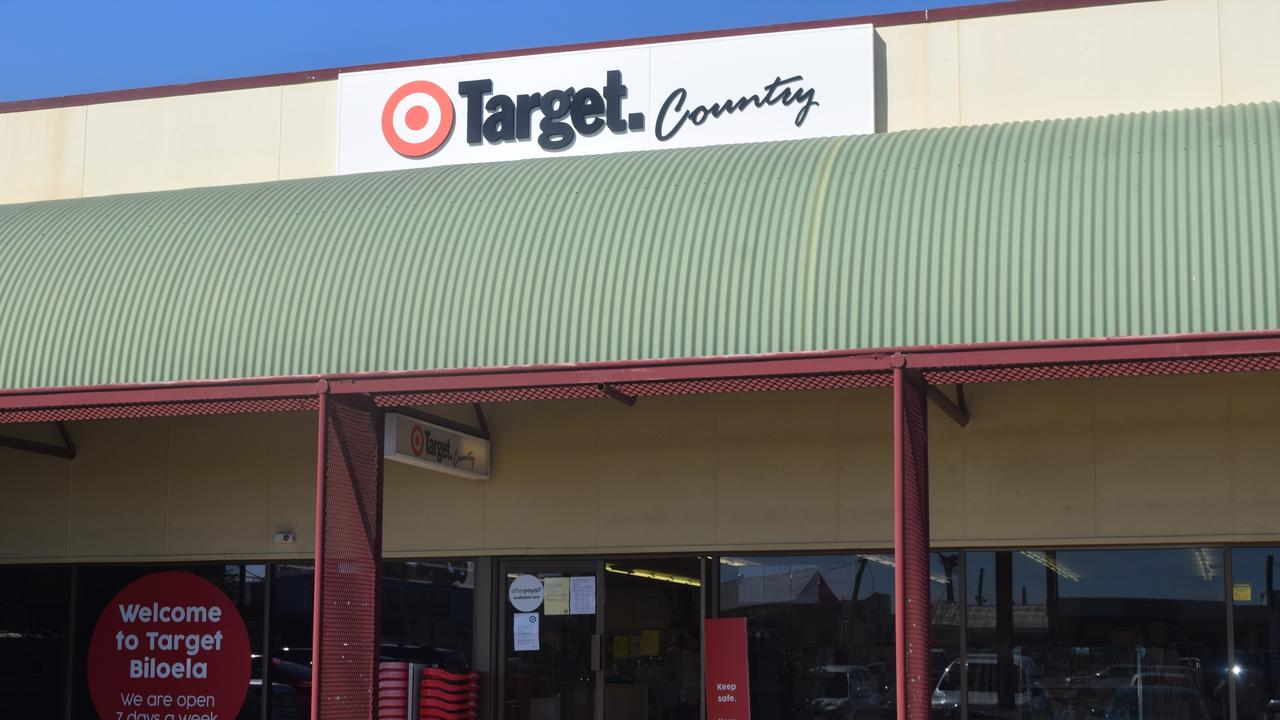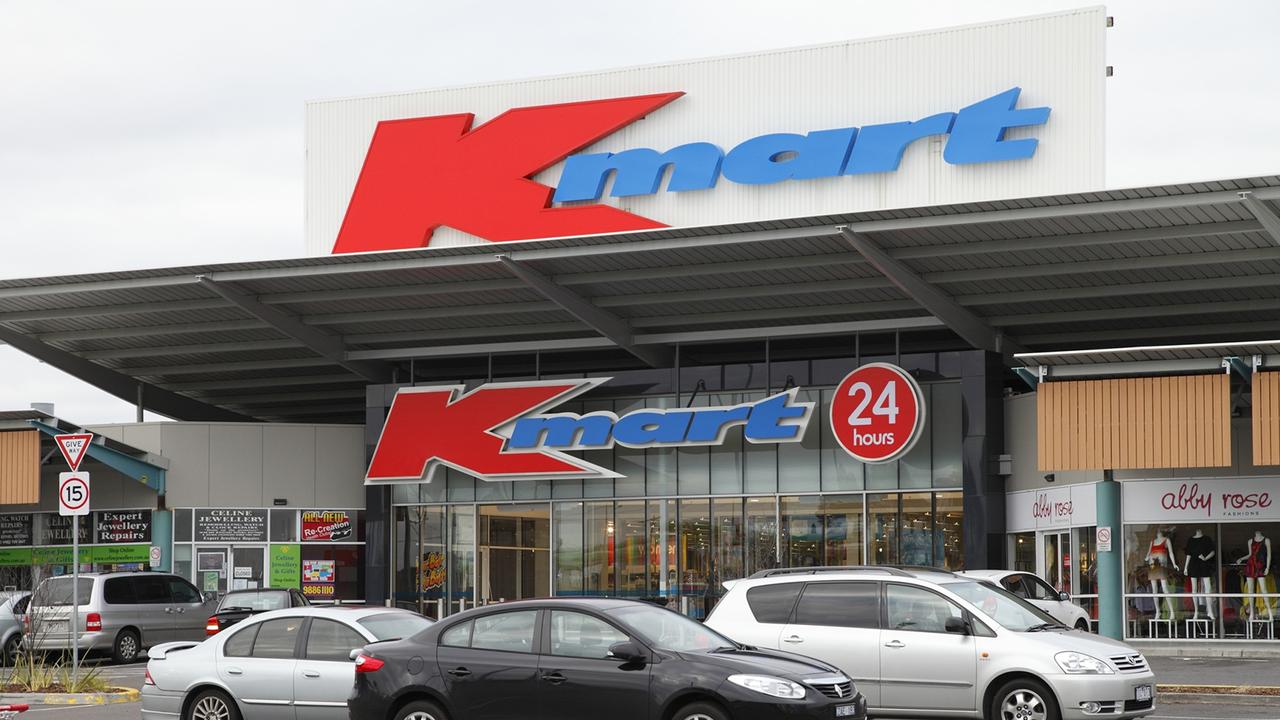Target: The drastic action needed to save discount department store
Target is a brand in crisis – but will shutting 167 stores staunch the bleeding? Or is the latest move only delaying the inevitable?
Perhaps the most surprising part of last week’s shock announcement that more than 150 Target stores were to either close or be rebranded as Kmart was that, despite the chain losing money for years, owner Wesfarmers still intends to keep the Target brand and almost 100 stores open.
It’s a move that has retail analysts scratching their heads, wondering if a brand that was struggling with 268 stores is going to fare any better with just 100.
But opinion differs on whether Target is destined for the retail slaughterhouse or if it could flourish in a drastically changed format. A clue to its future may lie in the takeover of another retail brand last year.
On Friday, retail to mining conglomerate Wesfarmers said Target’s financial performance was “unsustainable”.
To stem the losses, by the middle of 2021 at least 167 of Target’s 268 stores will have gone. Almost 100 stores will be converted to Kmart, many of those smaller format stores in regional towns, while 75 will shut altogether.
RELATED: Target closes 167 stores in massive company restructure
RELATED: Target closures: First stores set to close revealed
Wesfarmers has said the changes will “improve the commercial viability of Target” which was a “much-loved brand”. Although that brand is clearly less loved than it once was with the value of the Target name also written down from $290 million to just $50 million.

Ian Bailey, chief executive officer of Kmart Group – the division of Wesfarmers that owns Target – said it would result in a “smaller Target that focuses solely on one format that is much simpler and lower cost to run”.
But he conceded that work needed to be done to prove Target could continue in the long term.
STILL HUGE QUESTION MARKS OVER TARGET
Professor Gary Mortimer, who teaches marketing at Queensland University of Technology, noted this wasn’t the final say on the future of Target and another update was due in August.
“Wesfarmers has indicated this is phase one of the changes at Target,” he said. “This (initial phase) is about closing those parts of the business that are haemorrhaging cash to stop the immediate erosion to the bottom line.”

The expansion of Kmart into more regional areas, he said, was wise and would allow the brand to compete more effectively with Woolworths’ Big W chain. But the Target chain could flounder.
“If there was clear point of difference between Target and Kmart you might argue it makes sense to have skin in the game, but it doesn’t make sense to run two discount department stores that are fundamentally competing with one another,” Prof Mortimer said.
The problem is sending Target up-market may not work either, he said.
“The middle market for fashion, accessories and homewares is already very crowded. You are then competing with Uniqlo and H&M. We’ve seen failures in that market including Harris Scarfe, and Myer is struggling.”
News.com.au asked both Wesfarmers and Target what future stores would look like. The firm referred to comments to analysts on Friday where Wesfarmers’ top brass said the remaining stores would continue to stock similar products with a focus on apparel, soft home, and other categories that “Target are well known for”. So no big change there then.
Nevertheless, Kmart Group’s Mr Bailey said he had faith in the chain.
“We continue to believe that Target has a future as a leading retail brand in Australia and is much loved by many customers, but changes are required to ensure it is fit for purpose in a competitive, challenging and dynamic market, including a smaller number of stores and a stronger online business.”

CATCH THAT COULD BE KEY TO TARGET’S SUCCESS
Brian Walker, a retail consultant and founder of the Retail Doctor group, told news.com.au that the reference to online could be a clue to the future direction of Target.
“Target is still a well-known brand with lots of credibility – Australians know it well and that it stands for good value,” he said. “It is a valuable piece of intellectual property that lends itself to retailing in a different way.”
Mr Walker said one of Wesfarmers’ most notable recent acquisitions was last year’s $230 million purchase of the Catch Group, a firm that started life as the e-commerce bargain shopping platform Catch of the Day.
“What’s interesting is the acquisition of Catch Group and their expertise with online. I wonder if this is a good opportunity to take a well-known brand in Target and turn it into a potential online marketplace,” Mr Walker said.

Mr Walker said he expected online sales, boosted by COVID-19, to settle at about 20 per cent of total retail sales – double the current rate.
That will mean Australian retailers will need to have a savvy online strategy with trusted brands to take the battle to Amazon.
“In three to five years, Target could be a predominantly online player with only a small number of bespoke stores.”
Mr Walker said keeping some Target stores open would have advantages. It would provide a showroom for the brand’s products, a place to pick up click and collect purchases and the store could double as online fulfilment centres.
This would mean rather than orders taking days to get from big warehouses to customers’ homes, they could instead be dispatched within hours from stores in each major city.
Wesfarmers said last week that Target products could conceivably be sold through Catch. While a trial at one Target store that saw space given over to Catch products might be extended.
However, Prof Mortimer was less convinced Target had a future in Australia.
A wiser move he said, would be for Wesfarmers to convert the stores either to Kmart or its other strongly performing retail brands such as Officeworks or even smaller-format versions of Bunnings.
“I wouldn’t be surprised if in three years’ time, Target is gone,” he said.
A similar prediction was put to Mr Bailey last week.
He said he believed in the “long term potential for the Target business … but we have more work to prove that”.
“Obviously we've got to find something that's economically sustainable for the long term and that's what we're working hard to achieve.”




